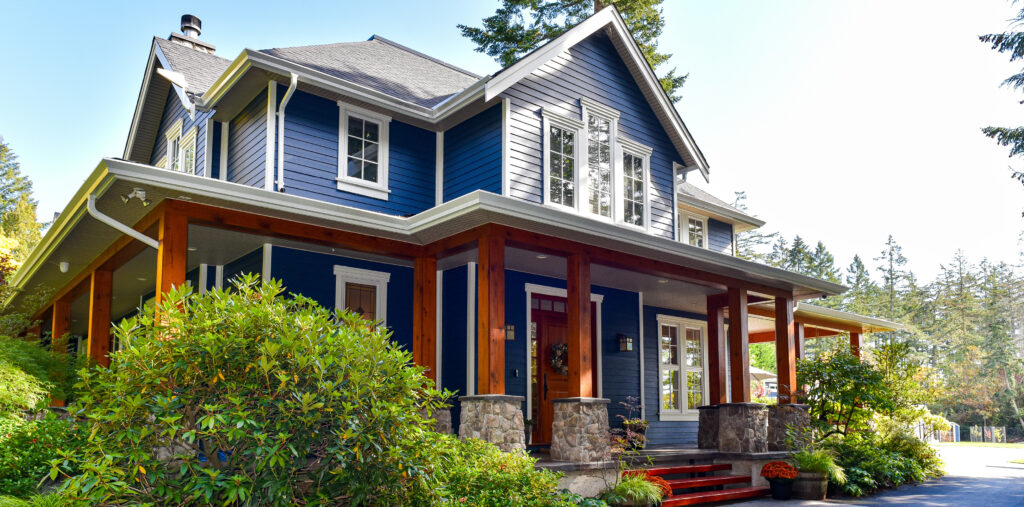– by Thomas Teuwen –
Ready or not, the solar revolution is happening. Here are three tips to help you prepare.
The first is to think of sunshine as your friend. You can do this by paying attention to what we call light-lines. How does the sun flow into your home as the seasons change? What does it illuminate? How does it make you feel? Designing or renovating a home so that the sun is welcomed at all times of the day and seasons of the year, brings huge rewards. South facing overhangs should be sized so that they shield you from the noon sun during summer. Windows should be placed for maximum exposure to solar gain in the winter and at the times of the day that suit your lifestyle. East facing windows will bring sunshine and warmth into your home when you need it most. West facing windows are often covered with blinds or curtains to keep out the afternoon heat, especially in late summer. Triple glazed windows may be expensive but a careful analysis of how they work shows that they are almost twice as effective as double glazed.
Next you want to consider your rooflines. There are many systems on the market that capture solar energy for heating hot water (thermal) or generating electricity (PV) but they all have one thing in common. They need solar panels that are mounted on your roof. To mount them effectively, it helps to have an attic. A rectangular shaped roof with few or no vents is ideal. Solar gain is best if it faces south but east and west exposures work too. It’s the hip roofs, sky lights and complicated roof lines that make things difficult and limit your solar real-estate. Keep that in mind when shopping for your next new home. Don’t buy a dinosaur.
Finally, pay attention to the weather forecast in your home. Although you can’t see it, air flows like a three dimensional river, driven by convection and other disturbances all the time. It carries moisture that can condense in all the wrong places if temperatures drop. There are definite weather patterns to avoid; from stratified layers of stillness to minor hurricanes blowing in from distant shores. We all know about weather-stripping and such but have you considered the amount of air your dryer expels with every load? What about your bathroom and kitchen exhaust fans? Ideally you would have a condensing dryer and direct all your vents through your Heat Recovery Ventilator (HRV). Maintaining a fresh and healthy air supply in an energy efficient home takes careful planning.
To get ready for solar it’s best to take a whole house approach and plan ahead. While you can install a solar hot water system any time, it’s prudent to make your home as energy efficient as possible before investing in a Photo Voltaic (PV) system.
For more information visit www.kandf.ca.




